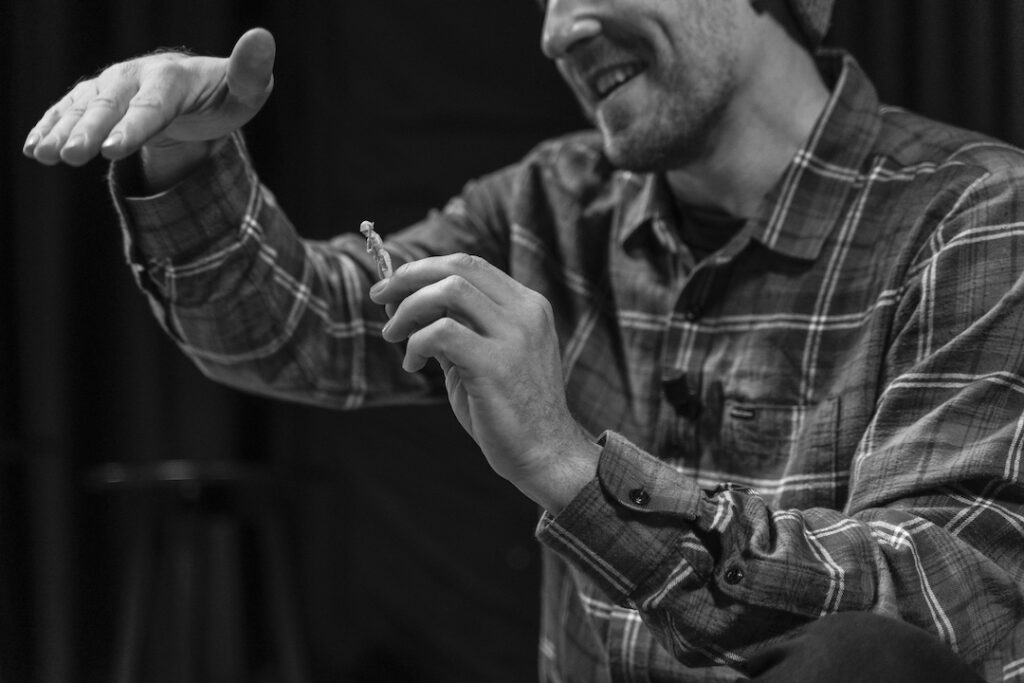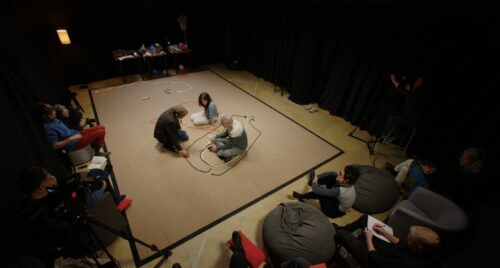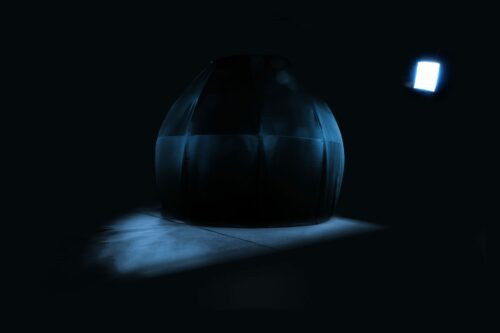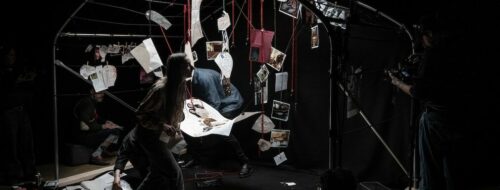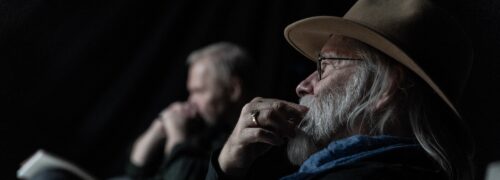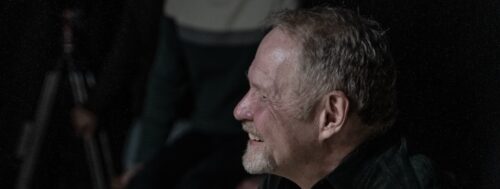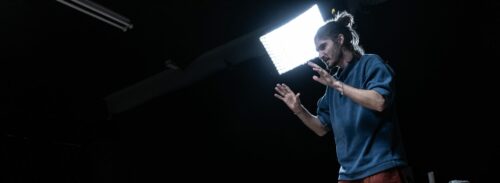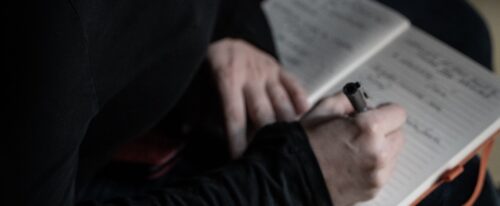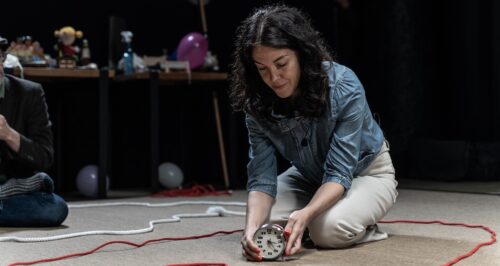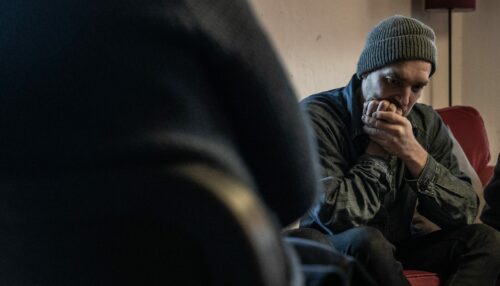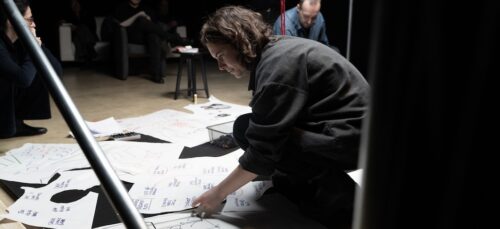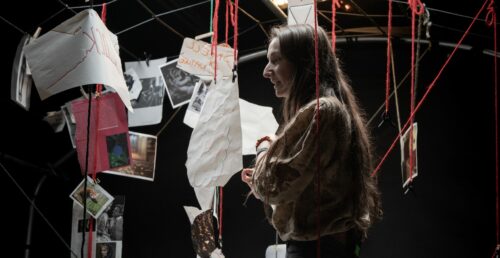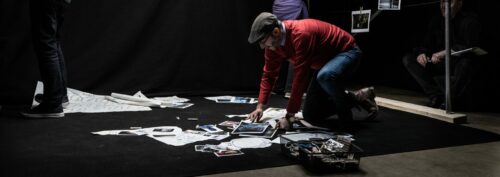Raitis Ābele
Raitis Ābele is a Latvian filmmaker, born on a snowy October day in 1983 in Riga, Latvia. He studied directing at the New York Film Academy and later earned a master’s degree in clinical psychology at the University of Latvia, where he is currently a doctoral student. Raitis collaborates with his brothers Lauris (director) and Marcis (cinematographer), forming a creative trio. In 2014, Raitis and Lauris co-directed Castratus the Boar, which won the Grand Prix at the 2015 Tampere Short Film Festival. His feature film Troubled Minds (2021) explores mental health and artistic identity. Raitis also composes and plays in the rock bands Soundarcade and Sonntags Legion, blending his artistic and psychological knowledge into all of his work.
— As part of its 5th season, the StoryTANK team wanted to try a new experiment, under the guidance of six passionate and captivating researchers. The goal was to test and film the emergence of story ideas within experimental frameworks created by LA FABRIQUE DES MONDES — a unique initiative in Europe, developed at Le Groupe Ouest since 2023, under the auspices of the French Ministry of Culture.
The experience was offered to six screenwriters or filmmakers from six different European countries. Here, the StoryTANK provides an opportunity to explore and shed light on the creative process.
Below, a debrief by Raitis Ābele, as he reflects on his experience.
THE CAVE
BEING IN THE PRESENT TO COMPOSE THE STORY
“ The Cave’s strength is that it’s a place in its own right, a bit like a church, a meditation center: a place where you practice something outside the everyday imagination.”
I like the story being developed to be non-linear. Everything is, in a way, all at once: what’s suspended above, what’s below, what’s on the walls. In the Cave, I feel like I’m outside of time. The Cave’s strength is that it’s a place in its own right, a bit like a church, a meditation center: a place where you practice something outside the everyday imagination. When you sit at a table, you’re not in the present, you’re in the past. Everything has already happened. And in a way, when we write, we try to remember. Here, standing, moving, together: we are in the present.
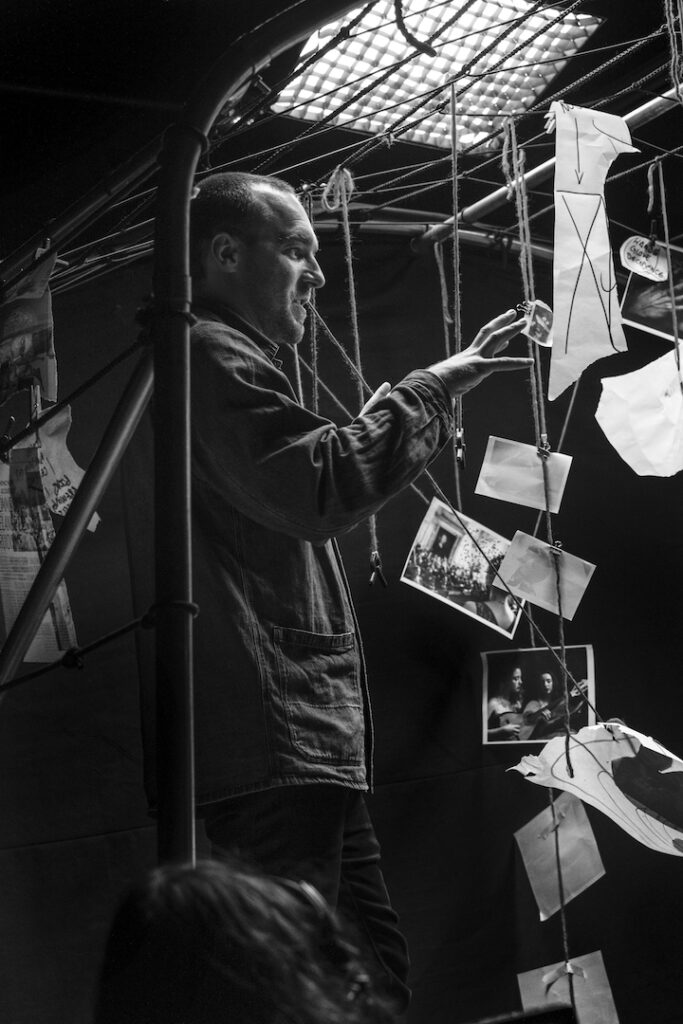
BUILDING THE STORY, EVEN BEFORE THINKING ABOUT IT
“In the Cave, we are like wasps, shaping a nest.”
In the Cave, we are like wasps, shaping a nest. We take materials, put them on the walls, and not only that: we build something. We really have this feeling of building, even before thinking. We can take a photo that recalls something and place it here or there… We immediately create a connection with our co-authors, when we walk and talk at the same time.
ARCHITECTING THE STORY
“In the Cave, we define the boundaries of the story”
In the Cave, we define the boundaries of the initiated story. Because once we’ve created the seed of the story upfront, the possibilities are endless. Within the Cave, we try to establish the framework: where are the walls, the floor… And we lock everything down, we collectively define the limits for our wandering minds. In reality, it’s not about “populating” the Cave with ever more material, but about doing it with these initial materials. We established the boundaries where the three of us would be, as co-authors.
THE BLACK ROOM
THE STORY, AT THE CENTER
“ The Black Room, like when we were children: telling each other ghost stories”
The Black Room is not a Black Room like in the film industry—a large square set with black walls—but rather a place where we can sit, lie down. There is a center, and we are around it. It’s like being with Sami shamans in their igloo in Norway, with drums, or like when we were children: telling each other ghost stories.
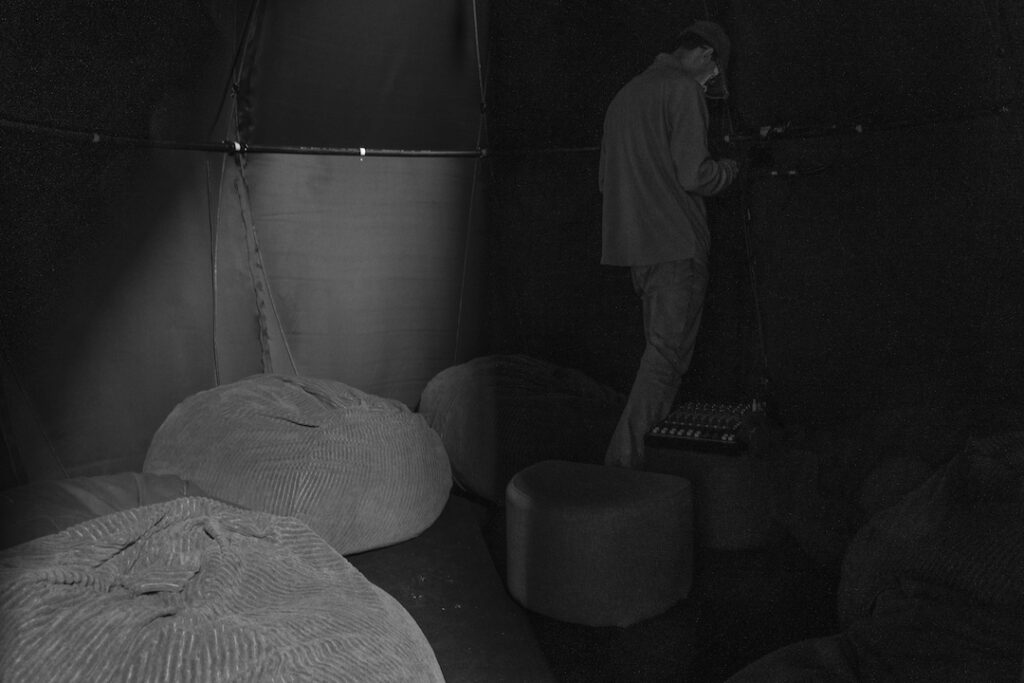
WATCHING A NARRATIVE IN COMPOSITION, THROUGH SOUND
“ The Black Room to move to another mode of perception where images are produced, not by our eyes, but in depth”
We first listened to sounds we had chosen at random, before connecting them to the narrative we were generating. Listening in the dark requires adapting to this darkness, to move to another mode of perception where images are produced not by our eyes, but in depth. After spending more time in the dark, we are surprised by what we see; it’s a bit like a psychedelic journey where images arrive on their own, and all we can and must do is look. The less we feel our bodies, the more images appear and emotions arise.
THE PLATEAU
INFINITY AS THE FOUNDATION OF THE STORY
“On the Plateau, because we can invent what makes sense to us, we open ourselves to infi nite possibilities.”
When I studied psychology, I took a course on Sandplay therapy, which is based on Jung’s theory of symbols. The table we set up to introduce The Plateau reminds me of its configuration. At first, we arrange objects while trying to give them meaning, and it’s not easy. But through Sandplay therapy, it works. Thus, a piece of wood can become a soldier or a gooseberry can become gold; the possibilities are endless. And because we can invent what makes sense to us, we open ourselves to infinite possibilities. The props give us boundaries, so we don’t get lost in the infinite possibilities of the story, and this gives shape to the story.
